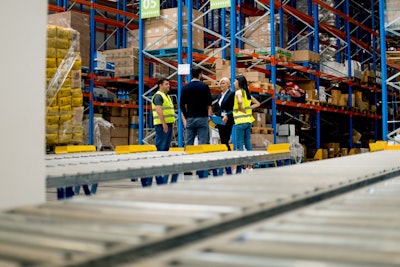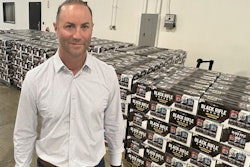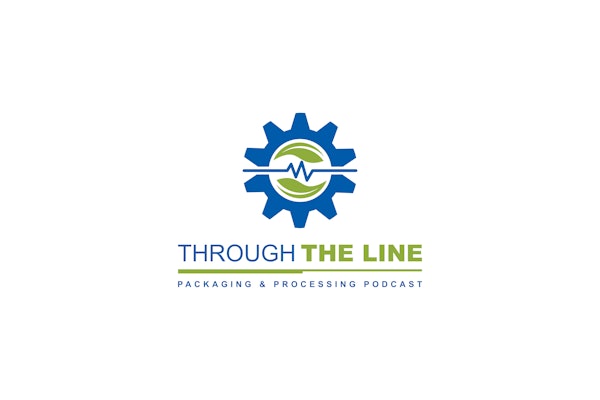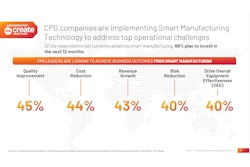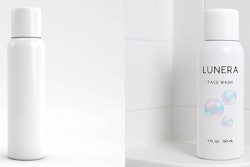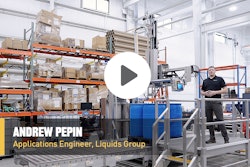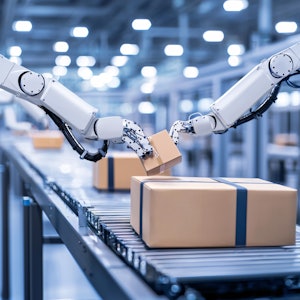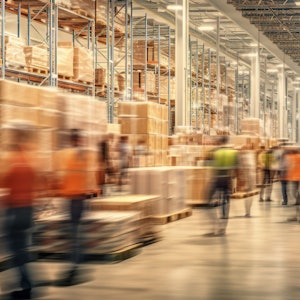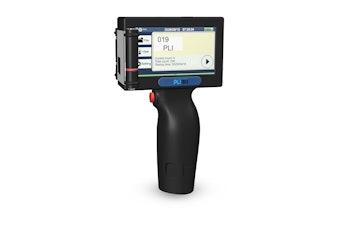What if the co-packers winning the most lucrative contracts in 2025 aren’t necessarily the ones with the lowest prices, fastest turnarounds, or largest facilities? Imagine a world in which the real winners may be those who have mastered capabilities that many manufacturers still do not view as strategic priorities.
That world is happening now.
For decades, the focus for consumer packaged goods (CPG) brands working with external manufacturers has been cutting costs and avoiding major capital investments. That transactional mindset is giving way to something more complex.
Supply chain volatility, sustainability mandates, and shorter product cycles are pushing brands to reevaluate what they really need in a partner. Put simply, brands now expect much more than efficient order execution.
Brands are looking for co-packers who can help them innovate, protect brand integrity, and strengthen resilience in a rapidly shifting market.
1. Make operational agility your new mantra
Without a doubt, agility in your operation is one of the most critical differentiators between you and your external manufacturing competitors. Speed, adaptability, and flexibility have become key survival skills for co-man and co-packer operations. When a new ingredient trend drives sudden demand or seasonal peaks compress timelines, brands need partners who can adapt without compromising quality.
This means maintaining surge capacity, offering smaller minimum runs to test new markets, and providing faster line changeovers. Mid-sized brands, in particular, want confidence that they will not be deprioritized when larger clients request more capacity.
Leading co-packers are responding by investing in modular production lines, cross-trained workforces, and dynamic scheduling systems that guarantee predictable access.
The competitive advantage comes down to this question: can you help a brand cut time-to-market by 20 to 30 percent while safeguarding quality? If so, move on to #2.
2. Quality for you and me
Quality assurance is another area where expectations are rising. Everyone knows that single contamination incident can destroy years of brand-building. With consumers scrutinizing labels more than ever, brands are seeking partners who treat quality as a shared responsibility.
This goes beyond certifications. It includes robust traceability, proactive contamination prevention, allergen segregation, and protection of proprietary formulations.
Co-man and co-packer operations that implement real-time monitoring, detailed batch records, and rigorous training are proving themselves as trusted guardians of brand reputation.
Zero quality incidents across multiple years, backed by thorough documentation, is quickly becoming the gold standard. Can your organization claim this? If so, continue to point #3.
3. Sustainability is now
Sustainability has also moved from a marketing talking point and "nice-to-have" to business imperative. It is estimated that more than 60 percent of CPG brands have made public net-zero commitments. They need external manufacturing partners who can actively help meet these goals.
What’s included in this broad-ranging term? Sustainability ranges from energy-efficient equipment and reduced packaging waste to optimized logistics, measurable water and carbon reductions, and use of recyclable, biodegradable, and source reduced packaging materials.
The most forward-thinking co-packers are even offering carbon-neutral production options and experimenting with monomaterial substrates. Those who can quantify environmental impact and demonstrate continuous improvement are positioning themselves as solvers to their clients’ sustainability challenges. Can your external manufacturing organization claim this?
Bottom line
Today, external manufacturing partners are moving from vendors to strategic partners.
Not every co-packer can or should pursue this path, but those who do will win stronger client relationships, better margins, and more predictable revenue. In 2025, the difference between being a commodity supplier and a preferred partner will rest on agility, quality, and sustainability leadership.
